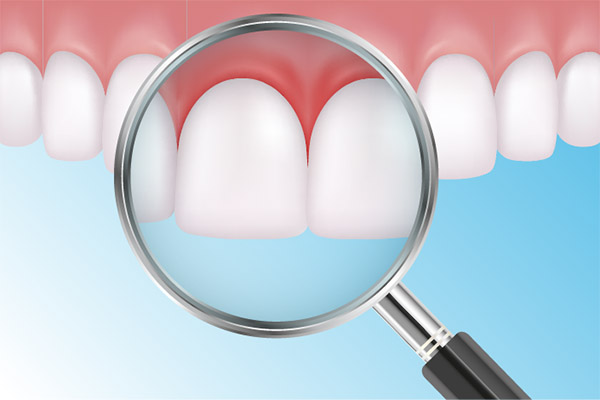 Many patients feel anxious when their periodontist recommends scaling and root planing, but these procedures are actually minimally invasive and safe. Read on to learn more about this procedure.
Many patients feel anxious when their periodontist recommends scaling and root planing, but these procedures are actually minimally invasive and safe. Read on to learn more about this procedure.
Scaling and root planing as explained by a periodontist
Periodontists offer scaling and root planing treatments for patients that have a more severe form of gum disease. The treatments involve removing plaque and tartar accumulation below the gum line to stop and possibly reverse gum disease and its associated symptoms.
What is scaling and root planing from a periodontist?
Scaling and root planing, which is also referred to as deep dental cleaning, involves cleaning below the gum line to treat gum disease. Specifically, periodontists recommend scaling and root planing to treat a more advanced form of gum disease known as periodontitis. The goal of treatment is to remove plaque and tartar that are contributing to gum disease in an effort to start healing the gums and prevent further damage.
The benefits of scaling and root planing
Scaling and root planing are designed to stop and possibly reverse the symptoms of periodontitis. This can help patients keep their teeth healthier long-term and avoid early tooth loss due to bone loss in the jaw, deep gum pockets, or enamel erosion. It can also improve the appearance of the gums as well as relieve discomforting symptoms such as bleeding gums, gum swelling and tenderness, and the tooth’s crown being excessively exposed.
Signs that indicate a need for scaling and root planing
As mentioned, scaling and root planing treats periodontitis. The most notable symptoms of periodontitis are gum pockets that measure four millimeters or more, swollen gums, gum discoloration, tender gums, and gum bleeding (especially when brushing). If these symptoms develop, then it is important to visit a periodontist to determine if a scaling and root planing (or another form of gum disease treatment) are necessary.
How a periodontist performs scaling and root planing
The scaling process begins with the removal of plaque and tartar build-up on the surface of teeth, along the gum line, and beneath the gum line on each quadrant. The second and last part is to smooth each tooth’s root (the root planing phase). The procedure can be performed in a single dental visit in many instances.
The recovery process for scaling and root planing
There is generally no notable recovery time for scaling and root planing, although there may be some gum soreness and minor swelling for a few hours after treatment. Adult patients are typically able to drive themselves home after the scaling and root planing procedure.
Do you need gum disease treatment?
Our periodontist can conduct a periodontal examination, assess your symptoms, and put together a treatment plan to help you improve your gum health. To learn more or to schedule a visit for gum disease treatment and prevention, give us a call today.
Request an appointment or call Brighton Specialty Dental Group at 805-644-5284 for an appointment in our Ventura office.
Related Posts
Periodontal disease affects millions of adults in the United States and necessitates a visit to the periodontist. Gum disease can cause tooth loss, which can lead to other health problems. Regardless of the condition's prevalence, it must be adequately treated because of its potential severity. It has no age or gender restrictions and can affect…
Plaque and tartar are two things that lead to the most common dental issues a periodontist can treat: tooth decay and gum disease. The teeth have an outer layer called the enamel that is the hardest part of the body. Designed to handle a lot of wear and tear, it protects a tooth's more delicate…
A periodontist’s view on gum disease can make you improve your oral care. Gum disease can spread to the surrounding teeth. It can also reach deep into the jawbone. This will lead to tooth loss. If you want to know more about how gum disease affects your jawbone and teeth, here are the details from…
